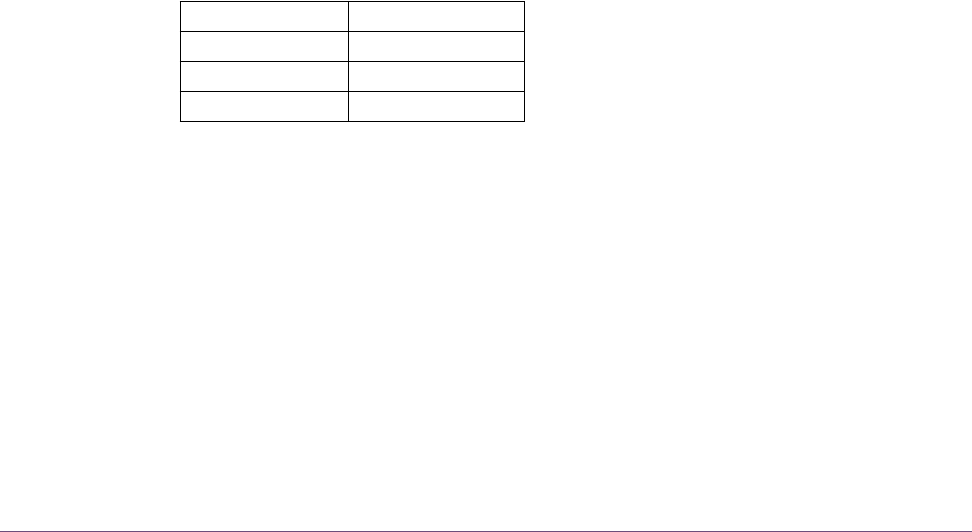User Manual
Table Of Contents
- UAD Powered Plug-Ins
- Introduction
- UAD Installation
- Overview
- QuickStart DVD
- System Requirements
- Supported Hosts
- Latest Information & Software Updates
- UAD Software Installation
- Install Software First
- UAD Hardware Installation
- Authorization
- Authorize Plug-Ins Procedure
- Load Authorization File
- Offline Authorization
- Using Unlicensed Plug-Ins
- Verifying Installation
- Learn More
- Software Removal
- UAD System Overview
- My.uaudio.com
- Using Multiple UAD Cards
- UAD Meter & Control Panel
- Overview
- Launching the UAD Meter & Control Panel Application
- Using the UAD Meter
- UAD Meter Elements
- UAD Control Panel
- System Information Panel
- Plug-Ins Panel
- Configuration Panel
- Help & Support Panel
- Using UAD Powered Plug-Ins
- Tempo Sync
- UAD Delay Compensation
- UAD-Xpander & UAD-Xtenda
- LA-2A and 1176LN
- LA-3A Compressor
- Fairchild 670
- Precision Multiband
- Precision Limiter
- Precision Buss Compressor
- Neve 33609 Compressor
- VCA VU
- Neve 88RS Channel Strip
- CS-1 Channel Strip
- Precision Equalizer
- Cambridge EQ
- Pultec and Pultec-Pro
- Neve 1073 Equalizer
- Neve 1081 Equalizer
- Helios Type 69 Equalizer
- Roland CE-1
- Roland Dimension D
- Roland RE-201
- RealVerb Pro
- DreamVerb
- Plate 140
- Precision Maximizer
- Precision De-Esser
- Precision Enhancer kHz
- SPL Transient Designer
- Nigel
- Introducing Nigel
- Preflex Plug-in
- Preflex Modules
- Gate/Comp Module
- Amp Module
- Amp Controls
- Cabinet Module
- Phasor Module
- Mod Filter Module
- TremModEcho plug-in
- Trem/Fade Module
- Mod Delay Module
- Echo Module
- Moog Multimode Filter
- History
- Index

UAD Powered Plug-Ins Manual - 344 - Chapter 37: Nigel
Recirculation allows both positive and negative values. The polarity refers to
the phase of the delays as compared to the original signal. If Recirculation dis-
plays a positive value, all the delays will be in phase with the source. If it dis-
plays a negative value, then the phase of the delays flips back and forth be-
tween in phase and out of phase.
Damping Knob This low pass filter reduces the amount of high frequencies in the processed
signal. Higher values yield a brighter signal. Turn down this control for a
darker sound. Damping also mimics air absorption, or high frequency rolloff
inherent in tape-based delay systems.
Mix Knob This control determines the balance between the delayed and original signal.
Values greater than 50% emphasize the wet signal, and values less than 50%
emphasize the dry signal. A value of 100% delivers just the processed (wet)
signal, and a value of 0% delivers just the source (dry) signal. A value of 50%
delivers equal signals.
Mix allows both positive and negative values. The polarity refers to the phase
of the delays as compared to the original signal. If a positive value is dis-
played, then all the delays will be in phase with the source. With a negative
value, the delayed signal is flipped 180 degrees out of phase with the source.
Mode Menu The Mode menu determines how the Echoes are processed. The Echo Mode
differences can only be heard when the module is applied to a signal on an
insert, buss, group, or return that has a stereo output path.
Echo On/Off
Button
Enables or disables Echo. You can use this switch to compare Echo settings to
that of the original signal or bypass Echo to reduce UAD DSP load.
Table 27. Echo Mode Menu List
Echo 1 Ping Pong 2
Echo 2 Clang 1
Echo 3 Clang 2
Ping Pong 1 Slapback










